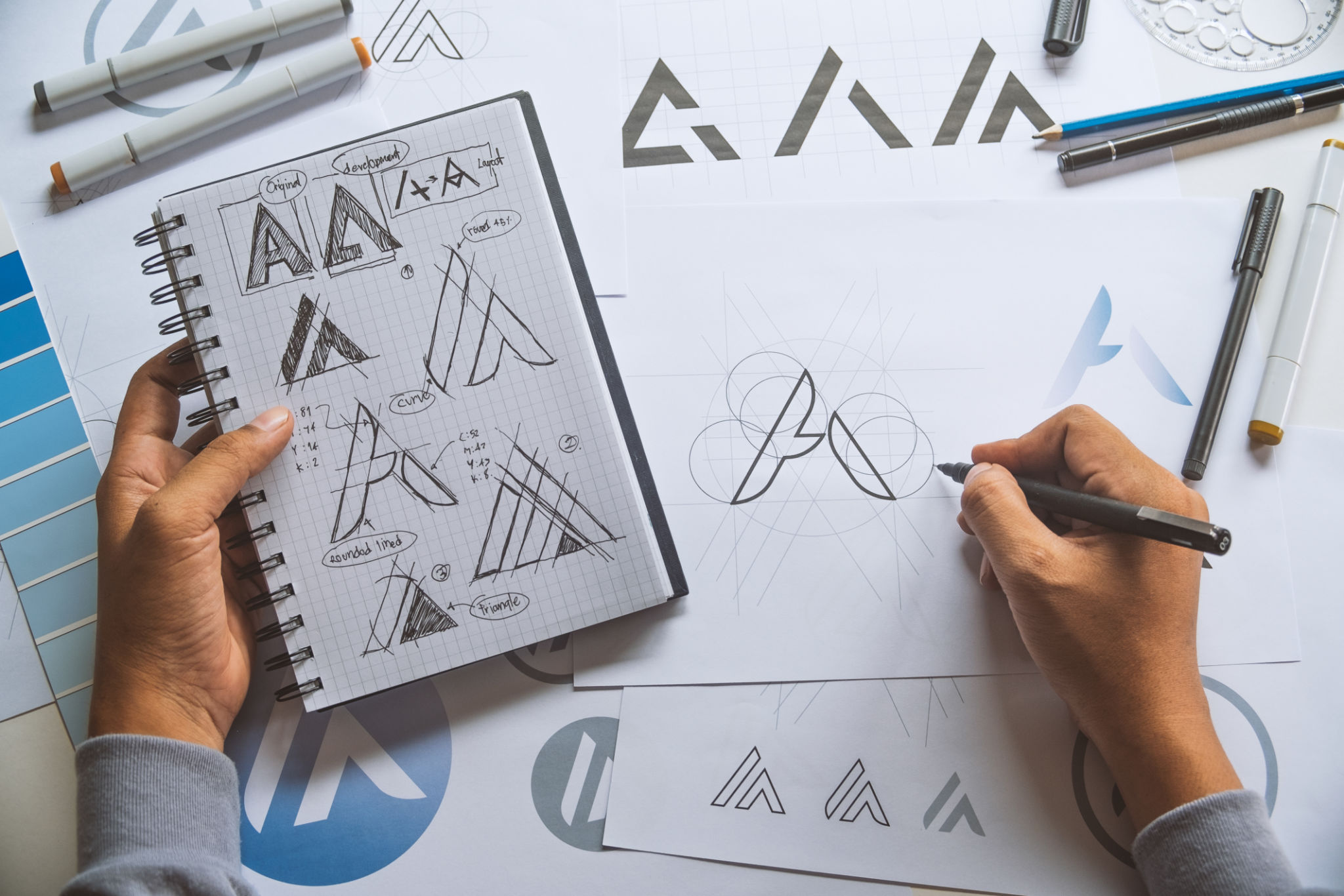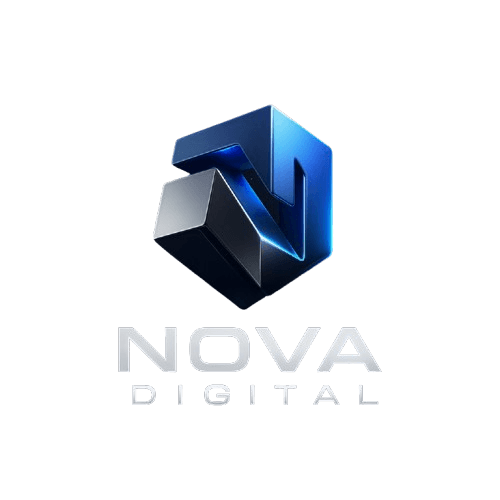How to Choose the Right Banner Design for Your Business
Understanding Your Audience
Choosing the right banner design for your business starts with understanding your audience. Knowing who you are targeting will help you decide on the design elements that will resonate most with them. Consider factors like age, gender, interests, and purchasing behavior. Are you aiming for a youthful, energetic crowd, or a more mature, professional audience? Tailoring your design to fit your audience's preferences is crucial for effective communication.
Additionally, think about the cultural and social factors that might influence your audience's perception of your brand. This understanding will inform critical decisions regarding color schemes, images, and text. Always remember that your banner should speak directly to the people you want to engage with.

Defining Your Brand Message
Your banner is not just a piece of decoration; it is a vital part of your branding strategy. It should clearly convey your brand message and values. What do you want your audience to know about your business at a glance? Keep your message concise and impactful. Whether it's promoting a sale, launching a new product, or simply increasing brand awareness, make sure that the message is straightforward and easy to understand.
Incorporate your brand’s logo and slogan to reinforce brand recognition. Consistency in branding across all platforms helps in building trust and credibility with your audience. Your banner design should align with your overall brand aesthetics and voice.

Choosing the Right Colors and Fonts
Colors and fonts play an essential role in how people perceive your banner. The right color scheme can evoke specific emotions and associations, making them powerful tools in design. For example, blue often conveys trust and professionalism, while red can signify passion and energy. Choose colors that align with your brand identity and the emotions you want to evoke in your audience.
Similarly, typography is more than just selecting a pretty font. It needs to be legible from a distance and match the tone of your message. A playful font might work well for a children’s brand but not for a law firm. Striking a balance between creativity and readability is key.

Utilizing Images and Graphics
Images and graphics can significantly enhance the appeal of your banner design. High-quality visuals can capture attention quickly and convey complex messages effectively without overwhelming the viewer with text. Choose images that complement your message and represent your brand well.
Ensure that the images are relevant to the content of the banner and do not distract from the main message. It’s also important to maintain a high resolution in order to avoid pixelation when the banner is displayed at a large scale.

Considering Banner Size and Placement
The size of your banner greatly affects its design. A banner that looks great on a website might not translate well to a print format on a billboard. Determine where your banner will be most frequently displayed and consider those dimensions during the design process.
Placement is also crucial—whether it’s online, at an event, or in-store, ensure that the location complements the design for maximum impact. Test different placements to see which one garners the most attention.

Testing and Feedback
Before finalizing your banner design, it’s wise to test it with a small segment of your audience or team members. Collect feedback on both the design elements and the message conveyed. This process can reveal any areas that might need adjustment before full-scale production or deployment.
Use this feedback to refine your design, ensuring it effectively communicates your intended message and resonates with your target audience. A well-tested design is more likely to achieve its desired impact.

Evaluating Success
Once your banner is live, it’s important to evaluate its performance. Analyze metrics such as engagement rates, click-through rates (if digital), or foot traffic for physical locations. These insights can help you understand how well your banner is performing and whether it meets your marketing goals.
If necessary, be prepared to make adjustments based on these evaluations. Continuous improvement ensures that your banners remain effective tools in your marketing strategy.

